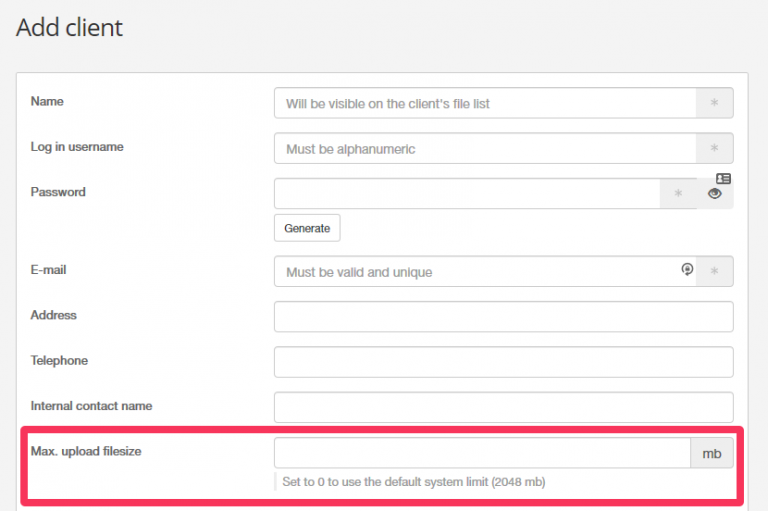


The second pattern uses S3 presigned URLs, which allow you to grant access to S3 objects for a specific period, after which the URL expires. This is an example implementation (you can deploy this from Serverless Land):

For step-by-step instructions to implement this pattern, see this knowledge center article. The limitation with this approach is that API Gateway has a maximum request payload size of 10 MB. This pattern allows you to implement an authorizer at the API Gateway level and requires no changes to the client application or caller. By configuring an S3 integration in API Gateway, this allows you to manage authentication, authorization, caching, and rate limiting more easily. This allows you to expose S3 objects as REST APIs without additional infrastructure. The simplest option is to use API Gateway to proxy an S3 bucket. Using Amazon API Gateway as a direct proxy This post explores three different approaches to securely upload content to an Amazon S3 bucket via HTTPS without the need to build a dedicated API or client application.
#GFTP FILE SIZE LIMIT CODE#
You could build a bespoke service for this purpose, but this results in more code to build, maintain, and secure. Often you must provide end users direct access to upload files via an endpoint. To learn more, read Allowing external users to securely and directly upload files to Amazon S3. If you have control over the application that sends the uploads, then you can integrate with the AWS SDK from within the browser with a framework such as AWS Amplify. Uploading media such as videos and images.Uploading telemetry and logs from IoT devices and mobile applications.Sharing datasets between businesses as a direct replacement for traditional FTP workflows.Modern applications instead need a way to upload to Amazon S3 via HTTPS. The traditional approach is to use an SFTP service (such as the AWS Transfer Family), but this requires specific clients and management of SSH credentials. This blog is written by Thomas Moore, Senior Solutions Architect and Josh Hart, Senior Solutions Architect.Īpplications often require a way for users to upload files.


 0 kommentar(er)
0 kommentar(er)
